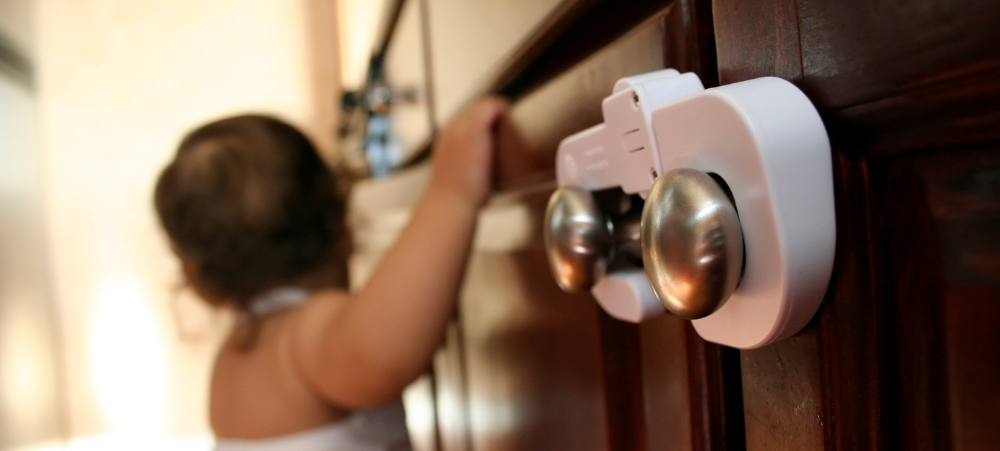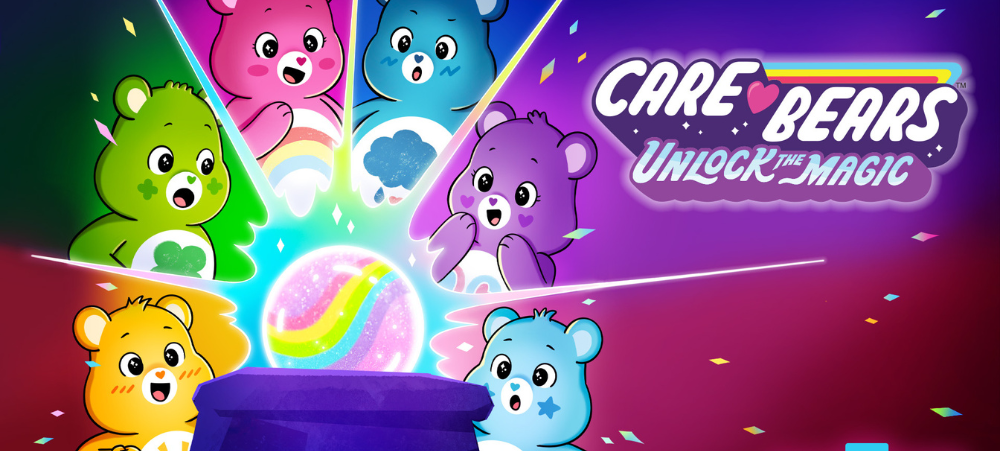
5 Surprising factors that may aggravate skin sensitivity and irritation
The term “sensitive skin” has become one of the most searched skincare conditions online, and over the past few years the condition has become more and more prevalent among men and women of all ages. The National Library of Medicine in the United States estimates that 60-70% of women, and 50-60% of men report having some degree of sensitive skin. This equates to a staggering number of people struggling with sensitivity – and a major need to address the problem. What is sensitive skin? We use the term “sensitive skin” to refer to skin that is reactive to various internal and external factors. Sensitive skin typically experiences discomfort, dryness or redness and almost always has an impaired skin barrier. What are some of the signs of sensitive skin? Sensitive skin may experience various unpleasant sensations such as itching, burning or stinging. It may feel tight or dry, it may have a rough texture and even flake. Sometimes sensitivity is characterised by redness. All of these signs may indicate sensitivity, and many of them go hand-in-hand with dryness. What causes sensitive skin? There are many different internal and external factors that may cause or aggravate sensitivity. A dysfunctional skin barrier is one of the leading causes. Your skin barrier is made up of the outermost layer of skin cells (corneocytes) suspended in a waxy layer of lipids (forming the skin’s lipid bi-layer). Over-washing or damage from the environment strips away these essential lipids, leaving gaps between the corneocytes. Your skin’s moisture escapes through these “gaps” causing your dry skin, and it also allows impurities to enter your skin, causing sensitivity. As mentioned, there are various factors influencing sensitivity and irritation, some of which are more obvious than others. Did you know that certain lifestyle factors may also exasperate and increase sensitivity? Some of the most surprising factors include: Stress Stress has a major effect on our health. When we stress, our bodies produce stress hormones, known for causing inflammation. These hormones may aggravate sensitivity. Stress is also a big trigger for conditions like eczema and psoriasis Soap and detergents Some soaps and detergents contain harsh surfactants that may affect the skin’s barrier function, leading to dryness and sensitivity. This may include the soap you use to wash your hands and body, your laundry detergent and dishwashing liquid. Diet Food intolerances, sensitivities and allergies may cause skin upset for some people, resulting in redness, itching, rashes etc. This may include – but is not limited to – sensitivities to gluten and wheat, dairy, peanuts, eggs and more. Hot showers There’s nothing like a hot shower in winter, right? But sadly, contact with hot water may increase sensitivity and dryness. That’s because hot water strips skin of its natural moisture and protective oils, making it prone to dryness and discomfort. Hot water may also damage the keratin cells in the epidermis, preventing them from locking in moisture. Wash your face and body with lukewarm to warm water instead. Change in temperature The cold winter months are generally the time in which dryness and sensitivity is at its worst. It’s also the time in which most people who suffer from eczema or psoriasis, experience flare-ups. Low humidity, colder temperatures and icy winds reduce our skin’s moisture levels, making it difficult to retain moisture, often leading to redness, dryness, sensitivity and flaking. How to restore dry and sensitive skin Surprisingly, most dry-skin treatments only focus on replacing lost moisture, which is why they don’t work in the long run. Rehydrating the skin is only one half of the job – you need to also repair the skin barrier, otherwise, you’ll need to keep applying moisture and the skin doesn’t return to its normal healthy state. That’s why Lamelle Research Laboratories’s dry skin treatments are focused on restoring the skin barrier while hydrating and soothing. Lamelle’s Serra skincare range is designed to sooth, treat and protect dry, sensitive and itchy skin. Serra is made with a proprietary type of lipid-restore ingredient – Ceramide-P – that rebuilds your skin barrier while it rehydrates for smooth, supple and itch-free skin on your face and all-over body – any time of the year. By combining advanced hydrating and soothing ingredients – to give you relief in the short term – with proprietary lipid-function-mimicking Ceramide-P to temporarily replace the structures of your skin while it repairs it for the long term, Serra is an advanced solution for dry and sensitive skin. For dry and sensitive skin on the body, try Lamelle Serra Soothing Body Lotion (R400.00). This non-greasy, quick-absorbing lotion employs the barrier-restoring abilities of Lamelle’s Ceramide-P along with the specialised water-binding humectant urea and essential fatty acids to rebuild your skin barrier all over the body. For a compromised skin barrier, try Lamelle Serra Restore Cream (R630.00). This light, non-oily moisturiser is packed with ingredients that replace the lipid bi-layer that makes up your skin barrier, restoring it while hydrating and soothing your skin. It also corrects your skin’s pH levels, boosting your skin’s health and immune function while soothing dry, itchy and sensitive skin. For a slightly richer formulation and to soothe dryness and sensitivity, use Lamelle Serra Soothing Cream (R860.00). This richer moisturiser features ingredients encapsulated in lipids (which makes it feel richer), making it ideal for treating more severe dry, inflamed, sensitive or allergic skin. Also containing a blend of Ceramide-P, Oat Beta Glucan, dexpanthenol and essential fatty acids, Serra Soothing Cream additionally contains patented anti-redness and anti-itching therapies to ensure effective recovery with minimal irritation. If you have SSS (Sensitive Skin Syndrome) – a dermatological medical condition different to regular dry and sensitive skin – then Lamelle Serra NSB Cream (R770.00) may be the solution you’ve been looking for. Serra NSB Cream was created for those suffering from Sensitive Skin Syndrome, a diagnosable associated neuro-sensitivity condition, or those who’ve experienced some relief with the Serra range but require even more assistance in alleviating hypersensitivity. It contains Ceramide-P, Niacinamide, Amino Acids and Shea Butter. Sensitive skin may be on the rise, but with Lamelle’s Serra skincare range, there


































